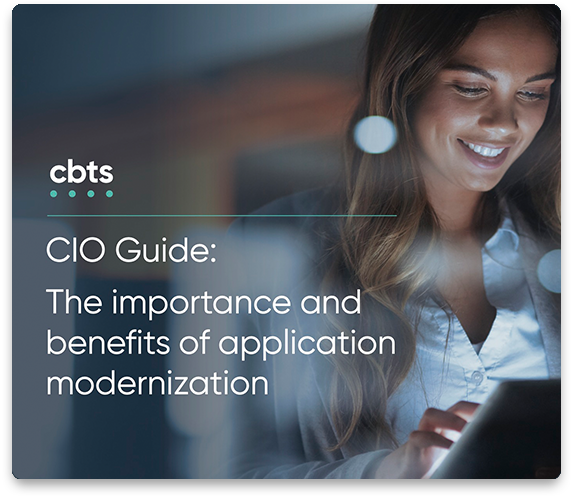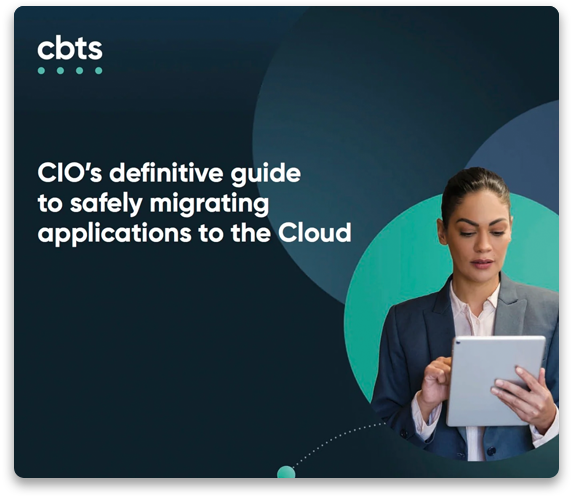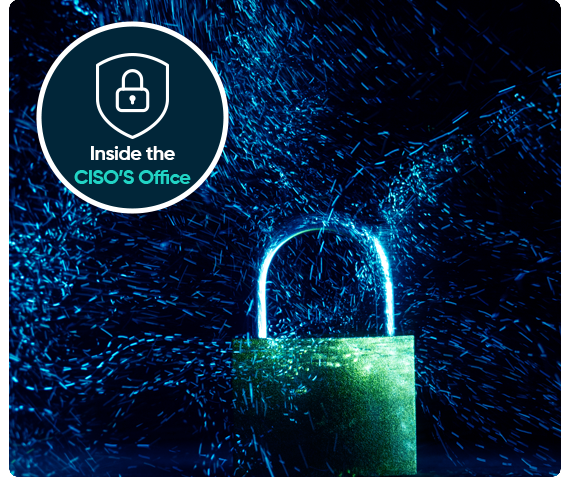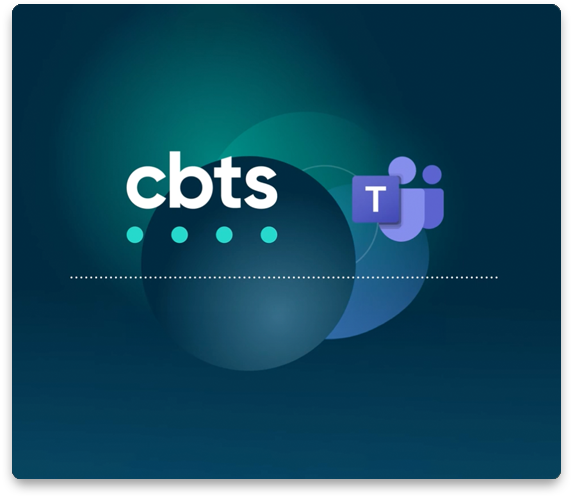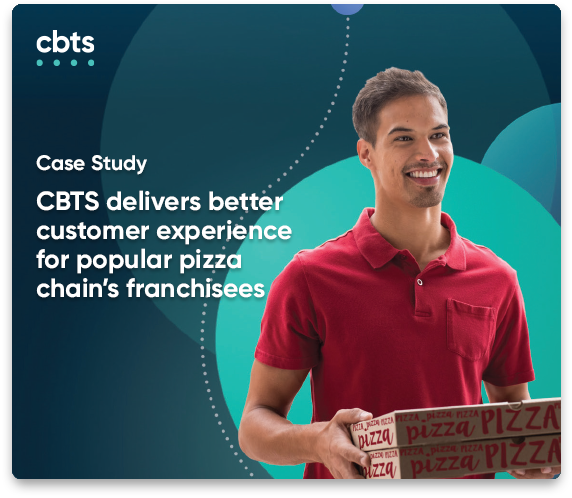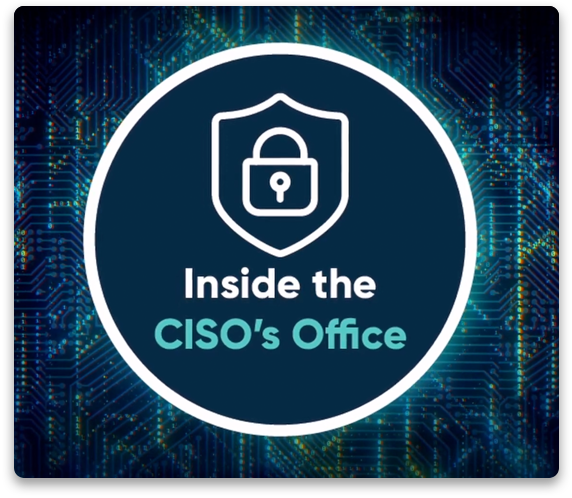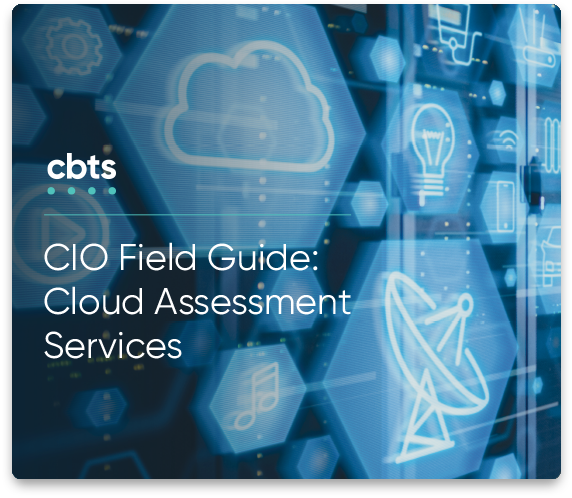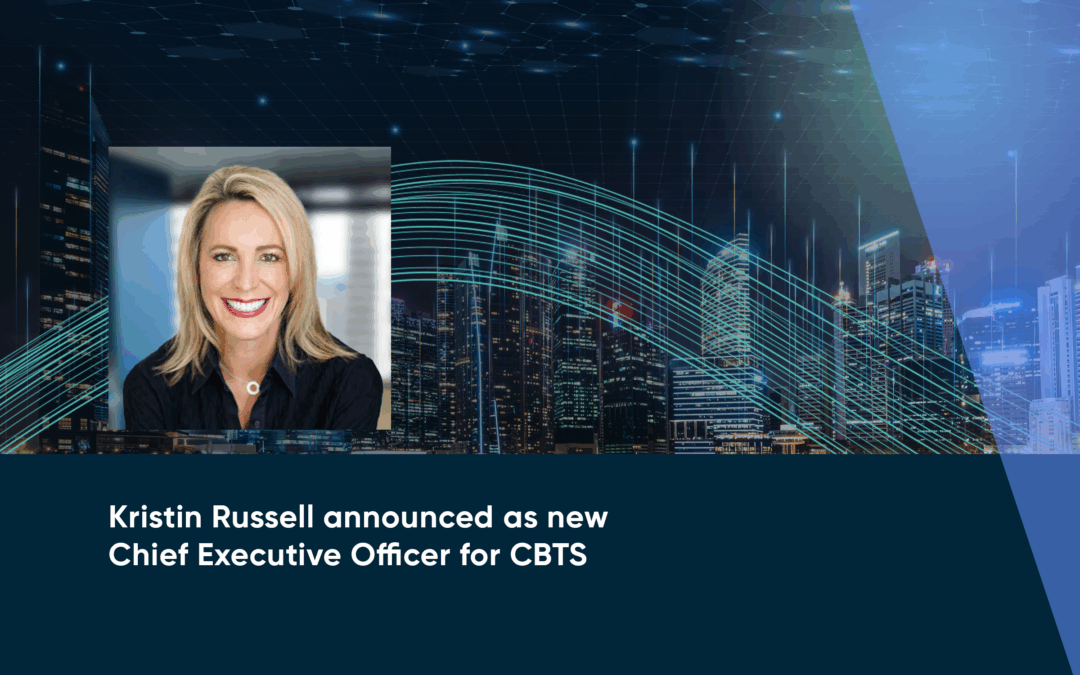
Although perceived as more complicated, application management services offer a viable alternative to traditional staff augmentation.
Companies often turn to staff augmentation to overcome staffing shortages or fill expertise gaps in their IT departments. Others might utilize staff augmentation to assist with big projects or meet short-term goals. However, while staff augmentation can be a valuable tool during a transition, it becomes problematic when organizations depend upon it in the long run.
An alternative to staff augmentation is application management services (AMS). By shifting to an “outcome” model, businesses achieve greater flexibility for IT in the long run. AMS providers build service-level agreements (SLAs) around specific outcomes, such as guaranteed uptime. This model allows organizations greater flexibility and scalability.
Both approaches have pros and cons. This post will dive into the differences between the two models and how to select an appropriate model for your organization.
Learn more: The methods and motivations behind cloud application modernization efforts
The staff augmentation model, or out-tasking
In essence, staff augmentation is built on hourly services. You contract a staffing firm for temporary needs, and the contract ends once the project has been completed. You can bring on specialists quickly without reorganizing your current IT team. But most firms have set minimums. And if a project runs longer than expected, budgets can be blown easily.
Pros:
- Ideal for temporary projects or short-term pushes
- Quickly fill skill gaps
- Lower onboarding costs
- Scalable
- Transparent billing
- Address staffing shortage rapidly
Cons:
- Loss of knowledge and control
- No SLA contract
- Higher labor costs than AMS
- Not suitable for the long term
- Fosters a lack of managerial foresight and planning
- A tendency for service creep
AMS Model, or outsourcing
Application management services are the systematic approach to outsourcing the upkeep and maintenance of mission-critical applications. AMS meets the challenges traditionally addressed by staff augmentation while providing greater flexibility and cost efficiency over the long term.
There are negative perceptions associated with AMS. For example, some organizations might fear the loss of control or knowledge. However, control and knowledge are actually protected by service-level agreements.
Application management services benefits
AMS is a viable, long-term solution featuring:
- Reduced OpEx and cost efficiency.
- A high degree of scalability and on-demand services.
- Additional IT resources gained from outsourcing recurring tasks.
- Greater organizational planning.
- Access to experts and cutting-edge technology.
- Stabilized system access through SLAs.
- Contractually obligated knowledge transfers and accessibility.
Also read: Free up your IT team with application management services
Pricing: Service level vs. hourly
Both AMS and staff augmentation might include hiring specialists to address specific challenges. However, a critical difference between the two comes from pricing and delivery. Application management services deliver a particular outcome (or set of outcomes) as defined in the SLA. In contrast, staff augmentation provides “input” through hourly services. As a result, staff augmentation tends towards creep as it’s not dependent on a business objective.
AMS providers take on the risk of delivering to the agreed-upon service level, and their clients don’t pay if they don’t provide the specified outcome.
| Application management services | Staff augmentation |
| ● Ideal for the long-term ● SLA-defined ● Lowers OpEx ● Contractual scope and terms ● Service tied to business outcomes ● Provider assumes delivery risk ● Obligatory documentation and knowledge transfers ● Promotes planning | ● No SLAs ● Hourly pricing ● The client assumes delivery risk ● Loss of knowledge and control when staff contracts end ● Scope creep ● Higher staffing costs |
What sets AMS apart?
Many organizations prefer staff augmentation in the current IT landscape because it seems more straightforward, the existing IT department is not impacted, and the hourly pricing model is concrete.
SLAs might seem more abstract at first, but application management services add value in several ways:
- Promotes greater visibility, planning, and execution throughout the digital estate
- Allows IT teams to refocus on innovation
- Costs scaled to outcomes and service levels, ultimately lowering costs for long-term operations
Also read: Nine compelling benefits of a CBTS managed cloud environment
A trusted partnership is critical
Staff augmentation is a valuable tool for specific circumstances. But it’s a quick fix. When staff augmentation becomes the primary tool of an organization, efficiency is hampered, and costs increase over time. Working with a high-quality AMS provider generates lasting solutions that allow organizations to future-proof operations through access to cutting-edge technology and experienced specialists.
AMS is built on a partnership model. And CBTS provides a unique, co-managed experience that gives our clients complete control over managed applications while sharing the load of upkeep, maintenance, and management. CBTS has formulated its application management services as part of a broader, all-encompassing framework that keeps the efficiency of the entire enterprise in mind. The CBTS approach—Application, Platform, Operations (APO)—helps businesses achieve better outcomes and connects the dots of individual services that might otherwise be overlooked.
Get in touch to learn how AMS can help you scale your IT operations.

